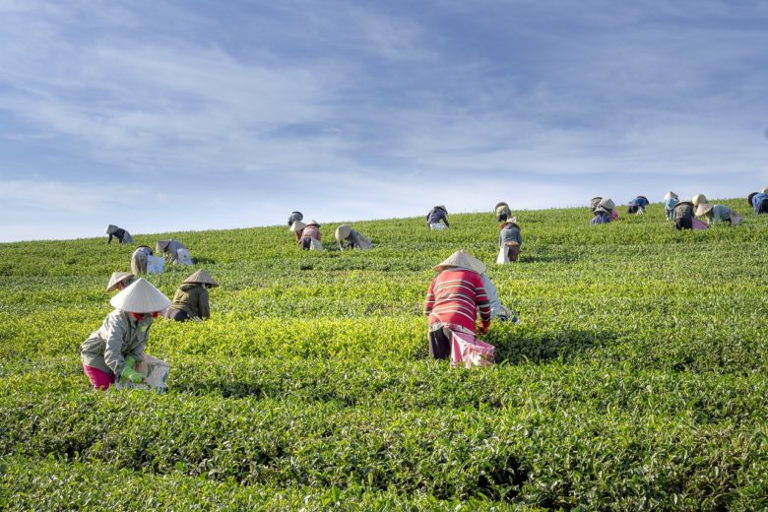The history of women in agriculture is one that not many people discuss. Research shows that since about 10,000 B.C., women have played a part in how we source and harvest our food. Unfortunately, there isn’t too much data on them – in some ways, they’re silent contributors. The number of female farmers surged during the 1940s, as men went off to fight in World War II. As of 2019, more than 1.2 million female producers were working on farms across America.
Modern History
Women have helped maintain fields and crops since the turn of the 19th century. By the end of the Second World War, more than six million vacant farm jobs had been filled by young people and women alike. This happened across all industries in the United States. Almost every daughter, wife and friend jumped in where needed – some became engineers to work on radio transmission, while others found themselves in factories. Many of the women in agriculture during this time were apart of the Women’s Land Army of America, a program that provided training and uniforms.
When men came back from overseas, they reclaimed their previous positions. This meant that most women returned to childcare, education or administrative support duties. That said, by the late 1990s, the number of female farmers began to grow drastically — and it still continues to do so even despite the upswing in autonomous technology on farms. This is due to both changes in the U.S. Census and the destigmatization of what employment means. Women in modern times are more likely to call themselves “farmers” than in years past for these reasons.
The Gender Gap
While there are more women in agriculture than ever before, that doesn’t mean they don’t face discrimination. To this day, the industry is very much a boys’ club. This is a central contribution as to why women haven’t pursued careers in agriculture in the past. Though there are plenty of female producers, there are less than 770,000 farms with female principal producers, which are the ones who run the show. Over a million more males tend to make the day-to-day decisions. This contributes to a perpetuation of misogynistic practices, as many men tend to have a particular idea of what it means to be a farmer. This is especially true in other parts of the world, where society doesn’t seem to have caught up yet.
One of the most significant issues in agriculture is a persistent wage disparity amongst farmers. Only 16% of women, as compared to 27% of men, earned over $50,000 in 2017. This is partly because a higher number of men are involved in commercial farms, which bring in more money. Historically, female farmers have often been denied loans needed to pay for farm expenses because of their gender. Even though they tend to lean toward environmentally concise practices, the men in their communities don’t support this – women doing anything drastic to their land is looked down upon.
How Women Are Succeeding
The women who end up in this business often do so through the support of other female farmers. They create and are part of organizations and communities that assist women in all things farming. This allows them to network, seek advice and make friendships. Unlike their male counterparts, women are more focused on stewardship and tend to prefer smaller organic and sustainable farms. As such, they push for advocacy and stand behind eco-friendly ideals. They’re also looking for ways to improve farming and make it accessible.
Slowly but surely, women are making great strides in the world of agriculture. Many are joining local boards and initiatives that were once male-dominated. In 2016, an increased number of women were awarded degrees in agriculture. It’s also now less odd for women to call themselves farmers, which brings about a sense of confidence. The normalization of this field for women is crucial – for so long, they haven’t been awarded credit for their triumphs in agriculture. Now that they are, all kinds of perceptions are changing.
Women in agriculture are interested in side-businesses, which helps to boost their income. Many operate bed and breakfasts and sell various types of goods, not just produce. This allows them not only to get a bigger paycheck but to diversify their interests as well. All farmers know that unknown circumstances can impact operations in various ways so that extra revenue stream often comes in handy.
What the Future Holds
More and more, women are turning to agriculture as a career. This concept is nothing new, but female farmers are on the rise for a variety of reasons. Now more than ever, women are contributing to our food system in several meaningful ways. That said, the gender and wage gaps that were apparent decades ago are still so today. Many accommodations need to be made for the industry to treat everyone equally.





